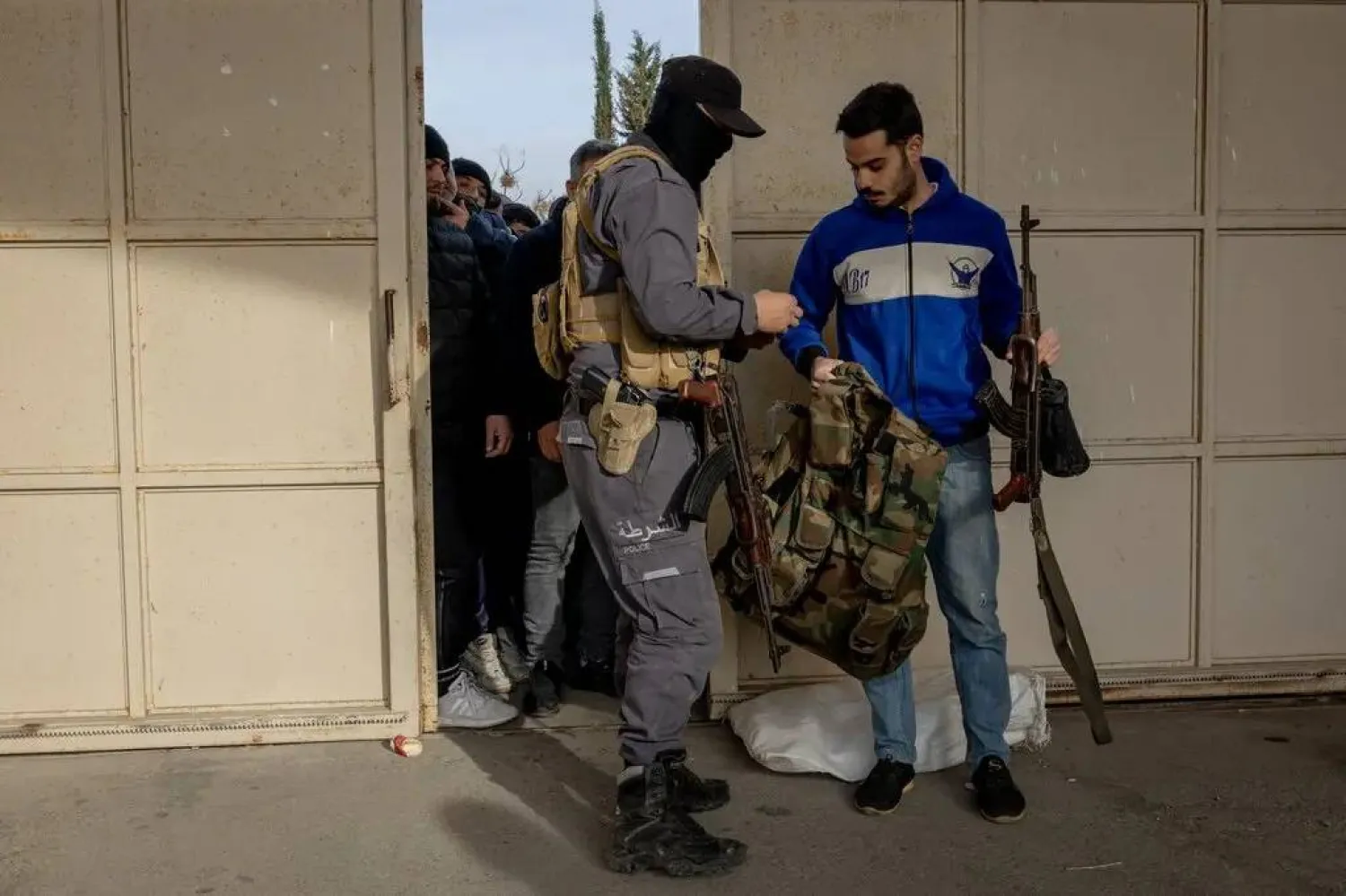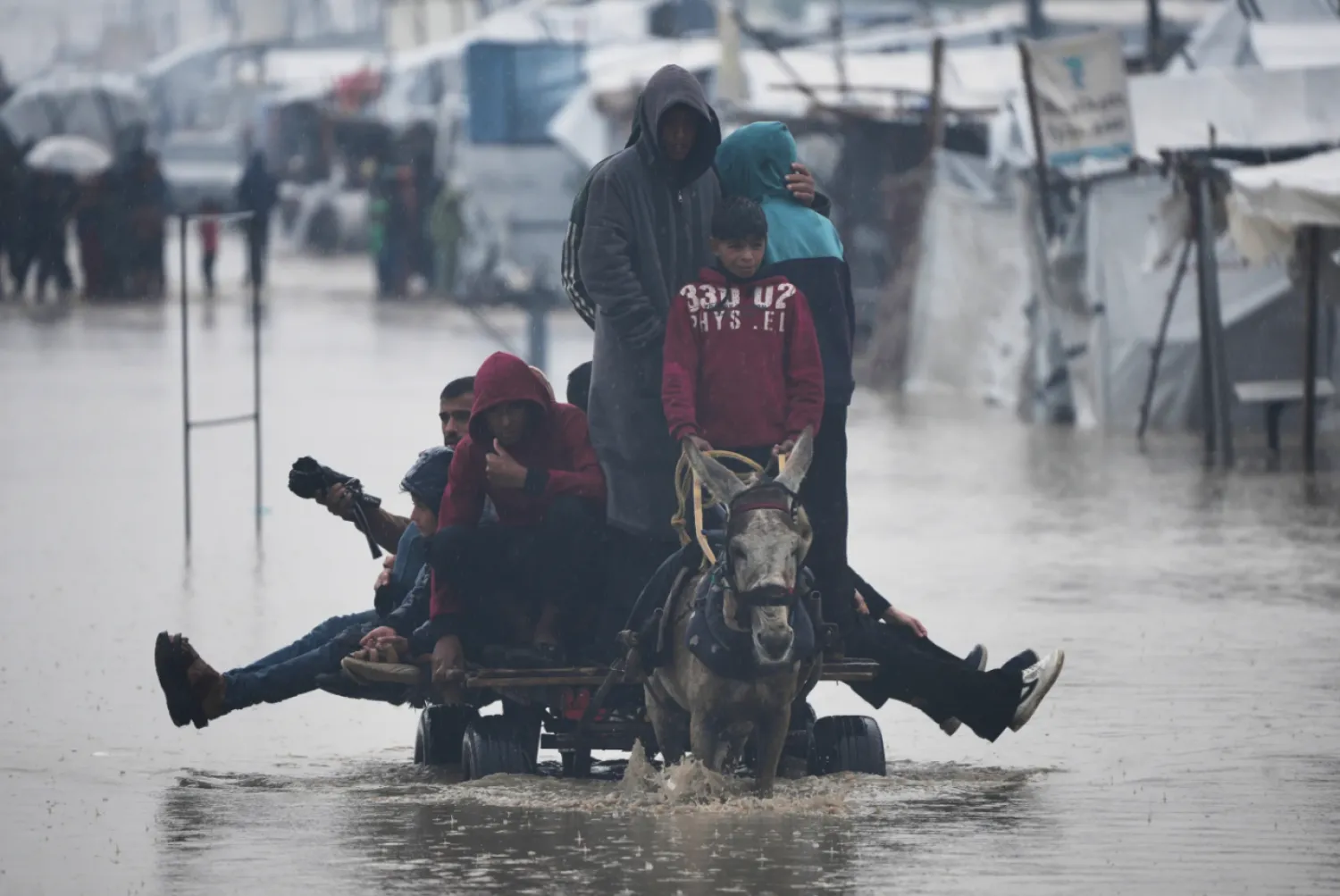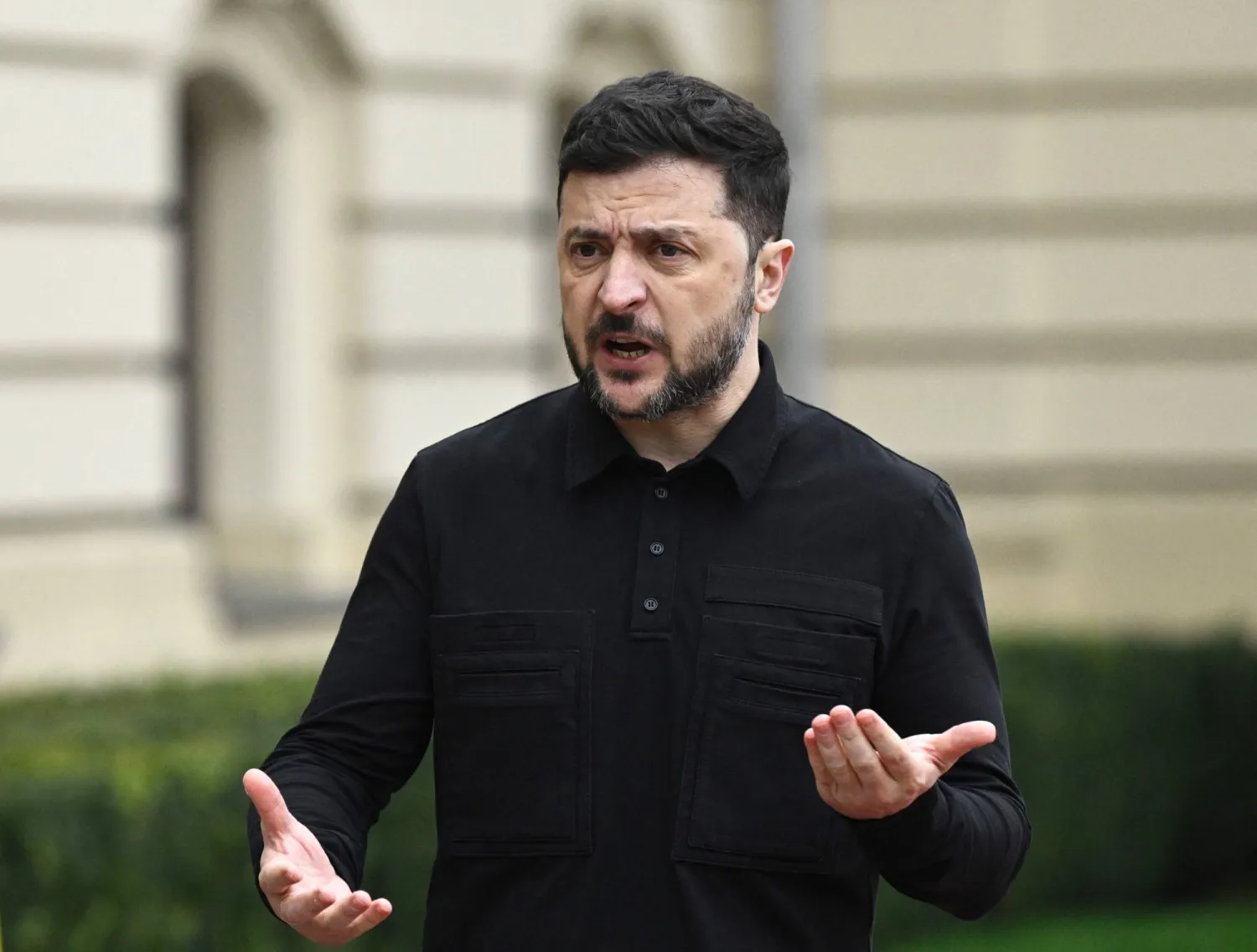Syria’s long civil war has reclaimed global attention after opposition factions seized most of its largest city and dozens of nearby towns and villages.
The stunning advance on Aleppo by opposition forces came as several key players in the conflict have been distracted or weakened, triggering the heaviest clashes since a 2020 ceasefire brought relative calm to the country’s north.
Russian and Syrian forces have carried out dozens of airstrikes to try to limit the factions’ advances, inflicting heavy casualties.
Syria's civil war started in 2011 after a peaceful uprising against President Bashar Assad's rule. Five foreign powers have a military presence in the country including the US, Russia and Iran. Forces opposed to Assad, along with US-backed fighters, control more than a third of the country. Israel holds the Golan Heights, which it seized in its 1967 war with its Arab neighbors.
Here’s a look at the key players:
Syrian pro-government forces, backed by Russia and Iran
Syrian government troops have long controlled a large part of the country, thanks to allied forces dispatched by Russia and Iran.
Assad's forces control most of the major population centers, including the capital Damascus and cities in Syria's center, south and east.
The Syrian government's capture of Aleppo in late 2016 was a turning point in the conflict and their loss of the city in recent days is a major setback.
Iran's military advisers and proxy fighters have played a critical role in shoring up Assad's forces throughout the war. But Lebanon's Hezbollah group, which is backed by Iran, has been weakened in its recent war with Israel and Iran has been distracted by the conflict. On Monday, Iranian-backed Iraqi militias deployed to Syria to back the government’s counteroffensive.
Russia's military has supported Assad from the Mediterranean coast, where it maintains its only naval base outside the former Soviet Union, and at the Hmeimim air base in Latakia province, which is home to hundreds of Russian troops. But much of its attention and resources have been focused on its war in Ukraine.
Opposition groups, backed mainly by Türkiye
Anti-government forces are led by the opposition Hayat Tahrir al-Sham, which long served as al-Qaeda's branch in Syria and is considered a terrorist group by the UN as well as countries including the US.
HTS controls much of northwest Syria and in 2017 set up a “salvation government” to run day-to-day affairs in the region. In recent years, its leader Abu Mohammed al-Golani has sought to remake the group's image, cutting ties with al-Qaeda, ditching hard-line officials and vowing to embrace pluralism and religious tolerance.
Other opposition groups include Noureddine el-Zinki, which was formerly backed by the US, before it joined the HTS-led alliance.
A Turkish-backed coalition of groups known as the Syrian National Army has attacked areas including the northern town of Tel Rifaat, controlled by the US-backed and Kurdish-led Syrian Democratic Forces.
Chinese fighters from the Turkistan Islamic Party and Chechen fighters from the former Soviet Union have taken part in the battles in the country's northwest, according to Syrian opposition activists. Türkiye, which controls parts of northern Syria, will not say how many troops it has in the country.
Syrian Democratic Forces, backed by the US
The Kurdish-led Syrian Democratic Forces, a US-backed coalition of groups, controls large parts of eastern Syria.
The SDF has battled the ISIS group, capturing the last sliver of land held by the extremists in eastern Syria. About 900 American troops are stationed in Syria’s east to guard against a resurgence by the extremist group.
SDF forces still control several neighborhoods of Aleppo encircled by the opposition groups. Opposition activists have said their forces are willing to let those fighters cross to northeast Syria but it was not immediately clear if the Kurdish-led forces will do so.
Türkiye considers the principal Kurdish faction of the SDF to be linked to the banned Kurdistan Workers' Party (PKK), which it and allies regard as a terrorist group.









